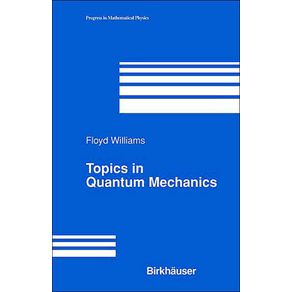The theories of quantum fields and strings have had a fruitful impact on certain exciting developments in mathematics and have sparked mathematicians' interest in further understanding some of the basic elements of these grand physical theories. This self-contained text presents quantum mechanics from the point of view of some computational examples with a mixture of mathematical clarity often not found in texts offering only a purely physical point of view. Emphasis is placed on the systematicapplication of the Nikiforov--Uvarov theory of generalized hypergeometric differential equations to solve the Schrödinger equation and to obtain the quantization of energies from a single unified point of view. This theory is developed and is also used to give a uniform approach to the theory of special functions. Additional key features:* Considerable material is devoted to the foundations of classical mechanics using conventional mathematical terminology * The first 10 chapters of Part I coverPlanck and Schrödinger quantization, Pauli's spin functions, and an introduction to multielectron atoms * Part II treats such topics as Feynman path integrals, quantum statistical partition functions, high and low temperature asymptotics of quantumfields of over a negatively curved space-time * Selected special topics involve some applications of the theory of automorphic forms, zeta functions, the Jacobi inversion formula, spherical harmonic analysis and the Selberg trace formula * Excellentbibliography and index. Communication between physicists and mathematicians requires continual bridges to eliminate the divide. This monograph furthers that goal in presenting some new and exciting applications of so-called pure mathematics, including number theory, to various problems arising in physics. An excellent resource for classroom or self-study.



